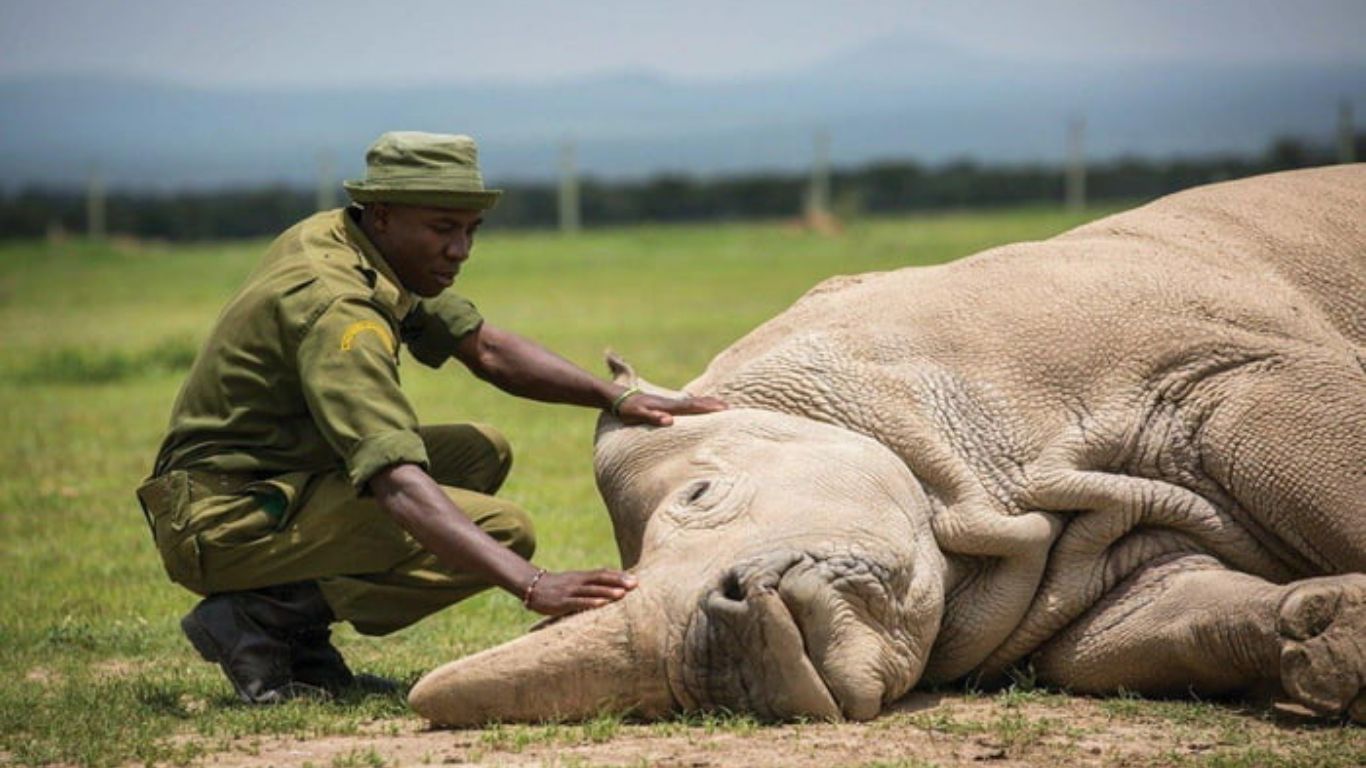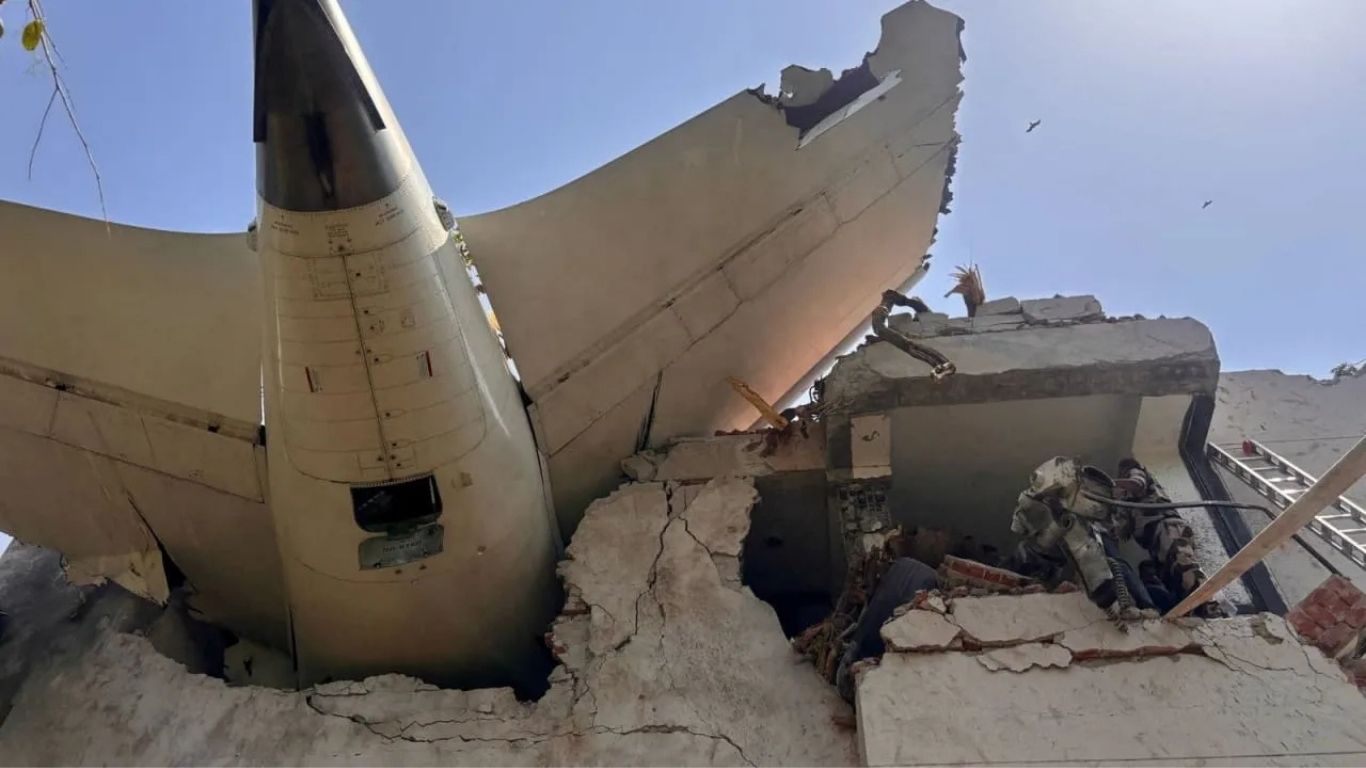Wildfires are no longer an isolated occurrence but have increasingly become a global norm, burning through Canadian forests, African savannas, and Australian eucalyptus forests with increased intensity, unpredictability, and destructive force.
In 2023 alone, record fires razed millions of acres in the Amazon, Maui, and Greece, taking thousands of lives and causing billions in losses. Yet, wildfires don’t just destroy; they are part of a centuries-old, and in many cases, millennia-old cycle of life, creating habitats and promoting biodiversity for millions of years.
Understanding society and nature’s adaptations to fires, along with the accelerated increase in wildfire activity fueled by a changing environment, is critical. This article discusses wildfire resilience in naturally attuned species, evolving community approaches, and the necessity for a new direction in wildfire-ravaging policies—one that considers wildfire’s role in creating life and habitat.
Fire: Nature’s Inherent Role
How Nature and Ecosystems Respond
Many species have developed survival strategies for fleeing, enduring, and even thriving in a burning environment. Some of the most astounding include:
The Black Fire Beetle (Melanophila acuminata): Infrared-sensitive organs enable them to detect fires from a distance. They are drawn to burning wood to lay eggs in freshly charred wood, where their larval offspring have an upper hand with no predators and little competition.
The Lodgepole Pine (Pinus contorta): Known for its adaptation, the cone is encrusted with waxy, protective sap that melts only in extreme temperatures, creating a new crop of saplings in rich, post-fire ash.
Burrowing Animals: Gophers, tortoises, and wombats escape fires by burrowing below ground, where temperatures do not rise even during intense fires.
Opportunistic Predators: Black kites in Australia and American kestrels follow fires, diving down to gorge on insects and displaced rodents from burning habitats. Some even believe that specific birds of prey intentionally start fires with burning branches, a practice observed by Aboriginal Australians.
Fire as an Ecological Restart
While fires may seem destructive, many environments depend on them for rejuvenation:
Boreal Forests (Canada, Russia, Scandinavia): Periodic fires burn out disease-infested trees, making way for new growth. Fire releases chemicals into the soil, creating a rich substrate for regrowth.
Mediterranean Biomes (California, Spain, Greece, South Africa, Australia): Flora in these habitats have adapted to survive in a fire regime. For example, the cork oak (Quercus suber) has thick, flame-insulating bark, and the Australian Banksia shrub has seeds that sprout only under the temperatures of a fire.
African Savannas: Low, repetitive fires discourage tree encroachment in grasslands, maintaining open spaces for large herbivores such as elephants, wildebeests, and zebras. Without these fires, savannas can turn into thick woodlands, disrupting entire ecosystems.
What Goes Wrong with Fire Suppression?
For most of the 20th century, governments worldwide pursued extreme fire suppression regimes, believing that all fires were destructive. However, fire suppression carries deadly consequences:
Fuel Buildup: In the absence of routine burns, forests accumulate a thick layer of dead undergrowth, making them highly susceptible to enormous, uncontained megafires.
Disrupted Biodiversity: Fire-dependent flora and fauna cannot survive without fires, leading to their extinction.
Increased Carbon Emissions: Megafires emit colossal volumes of carbon dioxide into the atmosphere, creating a feedback loop of accelerated climate change.
Ironically, fire suppression has fueled modern wildfires. Experts now advocate for controlled burns and fire resilience through land management to restore balance.
How Are Wildfires Getting So Bad?
The Role of Climate Change
Global warming stretches and intensifies fire seasons. Experts point to three contributing factors:
Warmer Temperatures: Rising temperatures dry out vegetation, creating tinderbox environments for wildfires.
Long Droughts: Regions such as California, Australia, and Southern Europe experience prolonged droughts, making the environment increasingly combustible.
Lightning Strikes: Warmer conditions increase storm activity, leading to more lightning-sparked fires, especially in boreal forests.
Urbanization and the Wildland-Urban Interface (WUI)
Increased settlement in fire-prone areas raises property loss and complicates firefighting efforts. The WUI—where human development meets forests and grasslands—has expanded dramatically in America, Canada, and Mediterranean nations, putting countless buildings at risk.
Human Ignition: The Overwhelming Issue
While lightning causes some fires, 90% of fires worldwide are human-caused. Common culprits include:
Power lines arcing in dry environments
Unattended campfires
Arson and careless burning of trash
Careless cigarette butts
The increased human presence in wildfire-prone regions ensures that even naturally fire-adapted ecosystems suffer from fires that exceed their capacity for recovery.
Creating a Fire-Resilient Future: Science, Policy, and Traditional Knowledge
Ancient Fire Management: Learning from Indigenous Cultures
For centuries, Indigenous cultures worldwide have used controlled burns to prevent catastrophic wildfires. Examples include:
Australian Aboriginals: Used “fire-stick farming” techniques, burning regularly at low intensity to maintain grasslands and prevent destructive fires.
Native American Tribes (U.S.): Used planned burns to clear undergrowth, enrich soil, and attract hunting animals.
Māori in New Zealand: Used controlled burning to shape the pre-colonial environment.
Governments increasingly value Indigenous knowledge about fire management and integrate it into modern fire control policies.
Innovations in Firefighting and Fire Prevention
Scientific and technological advances allow communities to detect and manage wildfires more accurately:
AI and Space Monitoring: AI technology, including tools used by NASA and private companies like OroraTech, detects fires in real-time and predicts them using predictive modeling.
Fire-Refractory Building Materials: High-risk buildings use ember-resistant roofing, nonflammable siding, and buried water reservoirs to fight fires.
Drones and Autonomous Firefighting Systems: Emerging technologies enable early wildfire suppression in hostile and inaccessible environments.
Policy Reforms and Global Action
Governments worldwide are revamping wildfire policies. Key shifts include:
Promotion of planned burns to reduce accumulated fuels
Stringent building codes to make buildings and infrastructure fire-safe
Controls on development in high-fire-risk areas
Increased funding for firefighting and early warning systems
Such actions require global collaboration. As fires worsen, countries must share knowledge, resources, and expertise to create a fire-adapted planet.
Conclusion: Living with Fire, Not Waging War Against It
Wildfires are not new, but human-induced climate change and inefficient land use have made them deadlier than ever. Fire is not the enemy but a challenge: mastering how to live with it, not wage war against it.
By blending scientific innovation and Indigenous knowledge with fire-resistant urban planning and environmentally friendly policies, we can create a world in harmony with fire rather than one threatened by its catastrophic force.
The question isn’t whether fires will burn, but whether we will be ready when they do.




